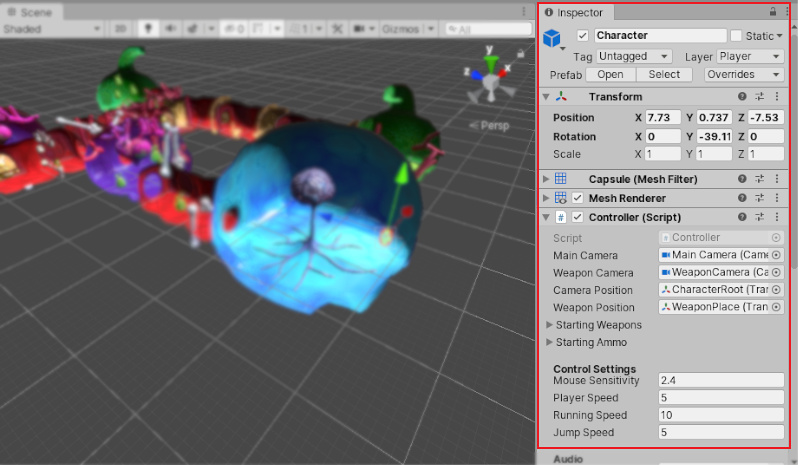

- #Open canvas 6 key settings update#
- #Open canvas 6 key settings portable#
- #Open canvas 6 key settings software#
- #Open canvas 6 key settings Pc#
You don't need a supercomputer to produce fantastic images, like many other software require.Īnyone familiar with most other software is probably used to art files exploding into enormous file sizes and taking forever to load.

The point is, it runs really well, even on low end systems. For right now, I just want to get the info out there for people to use. I'll add some screenshots to this of that later.
#Open canvas 6 key settings Pc#
I currently have it installed on a 1.6ghz single core Fujitsu Lifebook tablet pc with only 512mb of ram, and work on images as large as 1440*900 with over 50 layers and no lag. I have been using openCanvase since it was on version 1.1beta, and I have stuck with it ever since.ĭespite what the specs say for this program, I have run it on a 750mhz laptop with 256mb of ram with no slow down on small images. Windows experts will also appreciate its powerful search tools, and the ability to compare snapshots of a specific Registry hive, while detailed reports provide in-depth information on every aspect of your target system.OC has tons of nifty features that allow you to do a lot with the application, without making the process overly complicated or eating up a lot of resources. Not least because it does a lot more than simply recovering deleted keys.
#Open canvas 6 key settings portable#
Still, as yaru is tiny (1.4 MB), portable and free, there's no harm in keeping it around, "just in case". You need to react quickly to any Registry disaster to optimize your chances of success. If you launch the program immediately after deleting some vital Registry key then there's a good chance it'll be recoverable, but otherwise we've found that the information can be overwritten at speed, perhaps within hours. Make sure you have a system backup or recent restore point available before you begin.Īnd we wouldn't assume yaru offers too much of a safety net, either.
#Open canvas 6 key settings update#
If you restore the wrong keys, and they exist with some new settings, then you'll update them all at once, perhaps with disastrous results. This process is a little safer than most Registry operations, as you're only working with deleted keys, but it's still important to be careful. Say yes, and that's it, your deleted Registry keys will be restored. REG extension, and double-clicking this should fire up Regedit and ask if you'd like to import it (if not, launch Regedit, click File > Import and choose the file manually). Just right-click the top level key that you need to restore, and choose your preferred export option ("Export keys to file ", probably, as that saves the selected key and everything beneath it to a single file). If you've somehow managed to trash a great deal of data, though, yaru can also export these to a backup file for you. You can then open REGEDIT and use this information to restore your lost settings. Yaru will show you the name of the key in the left-hand pane, and the type - DWORD, SZ (or string), whatever it might be - on the right. If you simply want to replace one or two keys or values then this may be enough. Unlike Regedit, the program doesn't display the entire Registry immediately instead you must open the section (or "hive") you need, which in this case meant clicking File > Open System. And after pausing for just a second or two, yaru displayed a familiar Registry tree for the System hive, along with a "deleted keys" branch, where our settings were all clearly still visible. To try this out, we browsed to HKEY_LOCAL_MACHINE\System\Software on a test PC, and deleted a leftover Comodo key. This compact program can scan any Registry hive for deleted keys, and in a click or two will export them in a Regedit-friendly format, making it easy to restore them to your system. There may a simpler alternative, though, if you've previously downloaded a copy of the free, portable yaru (Yet Another Registry Utility).


 0 kommentar(er)
0 kommentar(er)
